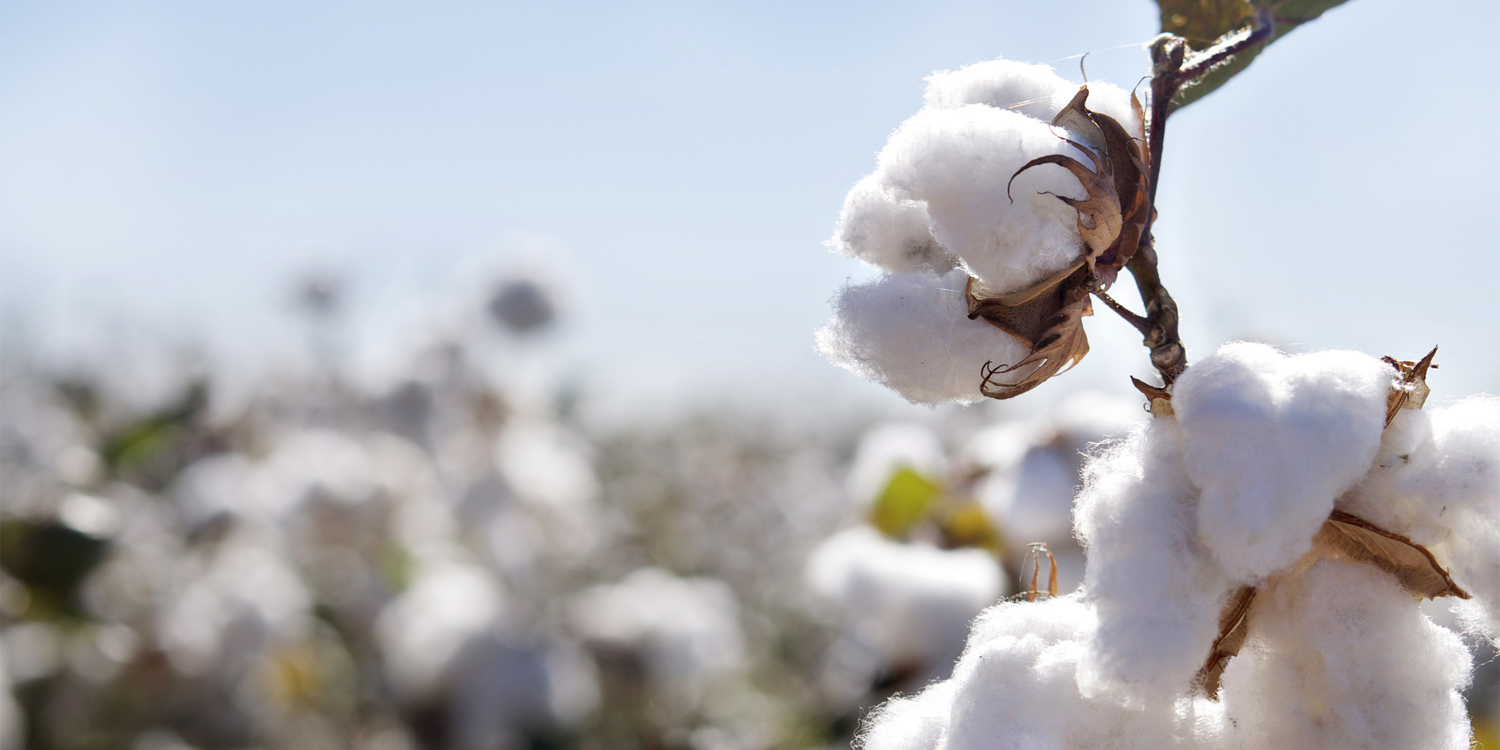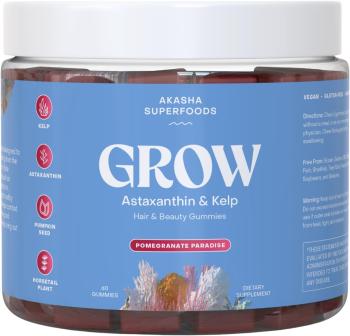Cotton plays a leading role in our lives; we may not even be aware of how much we rely on the fabric to meet our daily needs. The sheets we sleep on, the towels we dry off with, the clothes we wear, the material we use to diaper our babies, and the feminine care products we use are often made from cotton. With this kind of heavy usage, it’s no wonder that cotton makes up half the world’s textile sales.
Unfortunately, conventionally grown cotton uses a tremendous amount of poisonous substances, as this crop is very susceptible to insects and weeds. About 25 percent of all the world’s insecticides and more than 10 percent of its pesticides are devoted solely to conventional cotton production.
Health Risks
The U.S. Environmental Protection Agency classifies five of the top nine pesticides used on cotton crops as the most dangerous. These five—cyanide, dicofol, naled, propargite, and trifluralin—are probable carcinogens. The World Health Organization estimates that, globally, between one million to five million pesticide poisonings occur each year, resulting in 20,000 deaths. A large number of these incidents are assumed to affect children. Children are especially vulnerable to pesticides given their size and weight, among other factors. In Egypt alone, more than one million children between the ages of 7 and 12 help their families with cotton pest control—exposing them to dangerous pesticides.
On its way to becoming clothing, cotton continues to be exposed to chemicals, as most fabrics are bleached and then dyed. Concern over the environment and the health of farm workers as well as their own families is prompting a growing number of consumers to buy clothing made from organic cotton, which is grown without toxic and persistent pesticides, synthetic fertilizers, or genetic engineering. The increasing demand for organic cotton from the apparel, home product, and personal care industries contributed to a 53 percent global increase in organic cotton from 2005/06 to 2006/07, according to a recent report from California-based Organic Exchange. This same organization predicts that global organic cotton product sales will reach a staggering $2.6 billion by the end of this year.
Tender Age, Tender Skin
It is especially important to buy baby clothing and diapers made from organic cotton. Infants’ skin is more sensitive and fragile than adult skin because it’s drier, thinner, and less resistant to harm.
A perplexing decision for new parents is what kind of diapers to use. It takes about two-and-a-half years to toilet train a youngster, and a child spends on average about 25,000 hours in diapers, so it’s an important decision. Price, convenience, and environmental concerns need to be weighed. A typical child will go through about 6,700 disposable diapers at the cost of $2,400 before being toilet trained. Disposable diapers are not only expensive, they also place an enormous burden on landfills. Each year, about five million tons of human waste go to landfills via disposable diapers. Additionally, these diapers use plastics (about 30 percent of each diaper is not compostable), chemically treated materials, and bleached paper fibers.
Fortunately, today’s parents can choose from several options. Look for cloth diaper systems on the market that don’t require the pins or soaking of yesteryear. You can buy diaper-and-cover combinations or all-in-one cloth diapers made from organic cotton. Reusable plastic diaper covers eliminate the use of pins, can be used repeatedly, and don’t touch babies’ sensitive skin. Even diapering with the most expensive cloth diapers costs less than disposable brands—typically $800.
Flushable diapers are a new option. They consist of a washable cotton outer pant and a flushable refill. The fragrance- and chlorine-free biodegradable disposables can be flushed down the toilet. (Wet ones can even be put into the garden compost since urine is one of the best sources of nitrogen! You should not compost soiled diapers or those that have been in contact with a zinc-based baby cream, however, as zinc is a heavy metal.) Some companies also manufacture baby wipes made with organic cotton and organic plant-derived essential oils.
Feminine Hygiene
Conventionally made feminine protection products also pose some environmental and health concerns. About 20 billion pads and tampons go into landfills every year. A woman will throw away 10,000 pads and tampons during her lifetime.
Research conducted by the Centers for Disease Control suggests that tampons with high absorbency increase women’s risk of toxic shock syndrome (TSS), a rare but potentially fatal disease. Tampons may also contain perfumes and other chemicals, including material that has been bleached with chlorine, a source of dioxin, a known health risk. A 2005 study, sponsored by the Food and Drug Administration’s office of Women’s Health, found detectable dioxin levels in seven brands of tampons. Because women often notice more allergic feminine irritation (AFI) during their periods, this suggests that sanitary products may be the cause or an aggravating factor.
Panty liners, day pads, night pads, and tampons are available in certified-organic cotton disposable varieties (look for the TCF label, which stands for “totally chlorine free”) as well as reusable cloth products. These products, in addition to being highly absorbent, contain no plastics or perfumes, making them ideal for women with allergies or sensitivities. Reusable menstrual cups worn internally are another environmental option. Such products last years before needing replacement.





